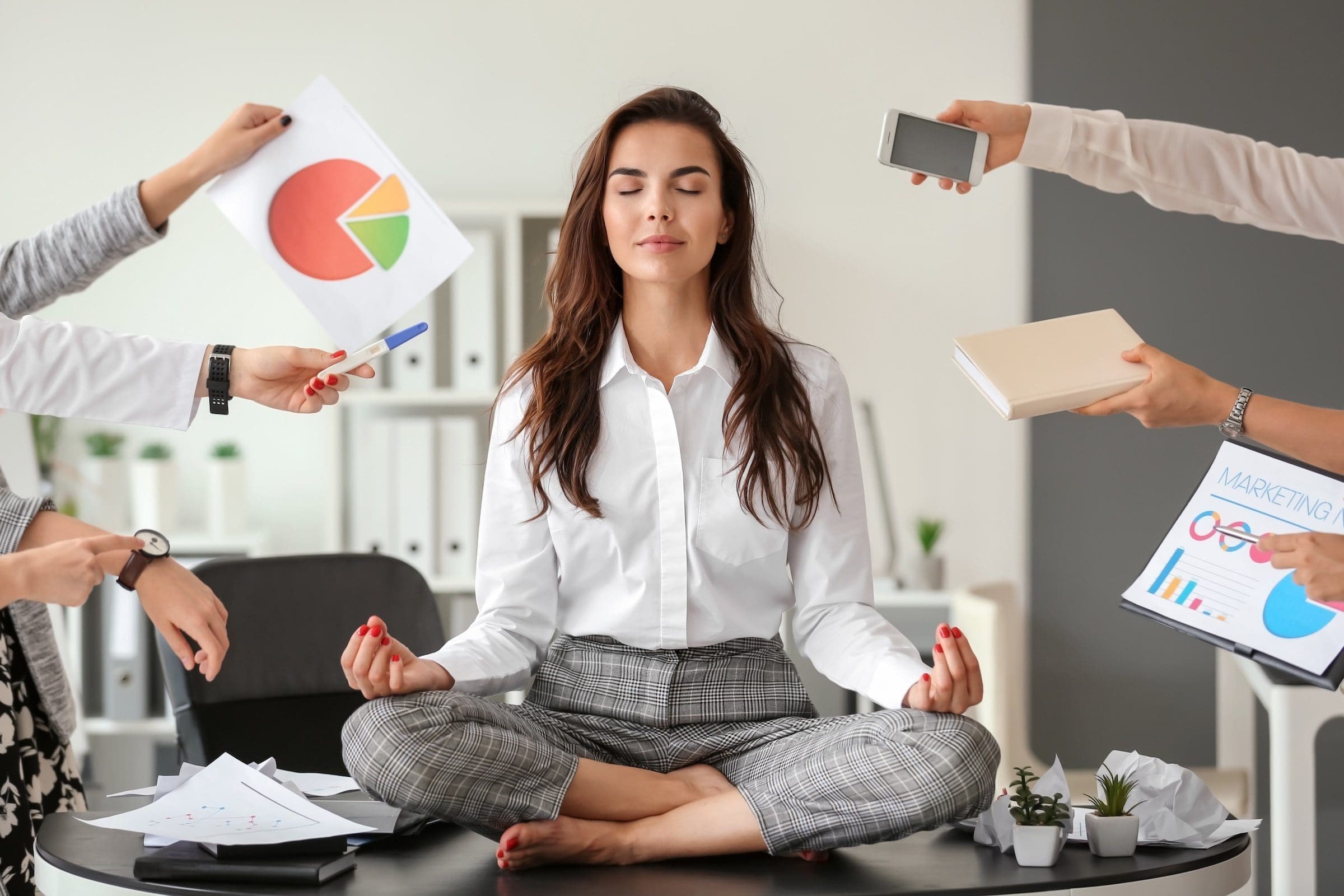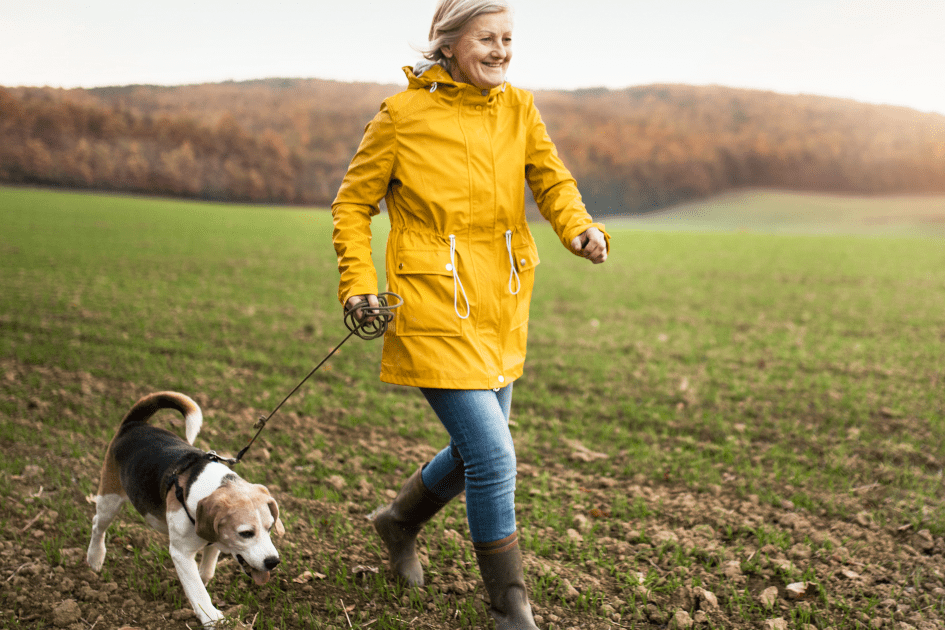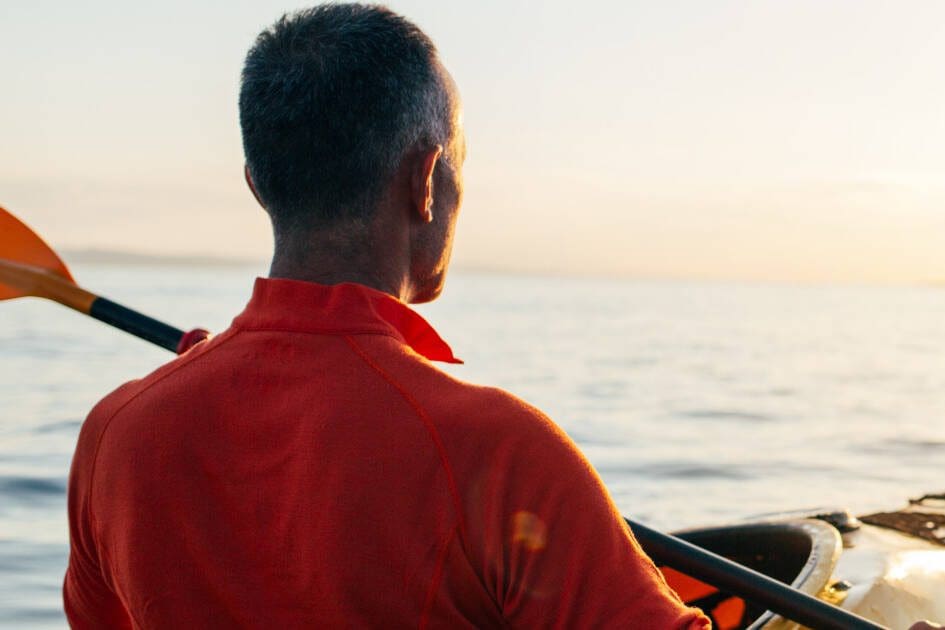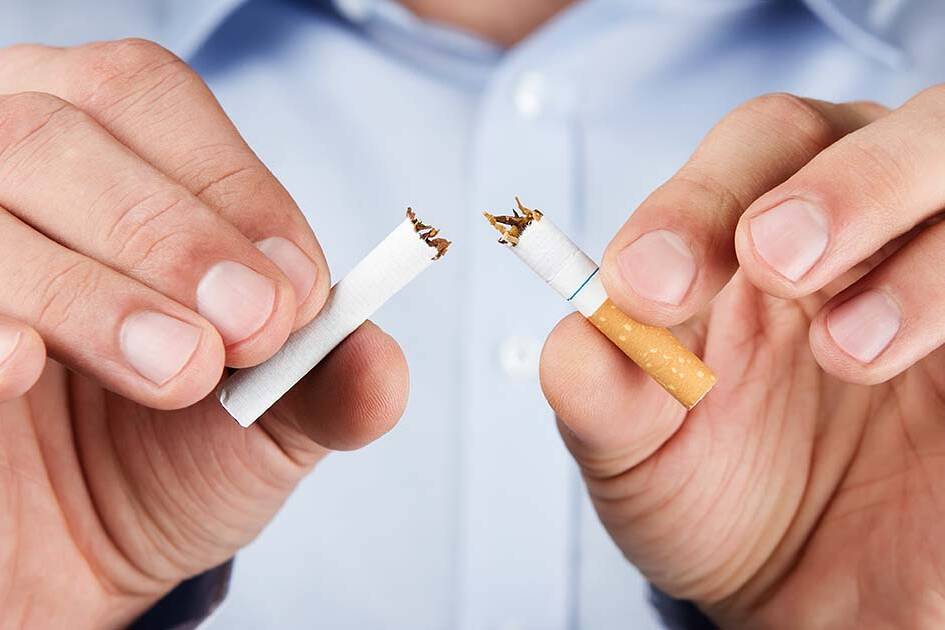Take a long deep inhale, and a full exhale, and repeat…
Yoga for blood pressure | Meditation for blood pressure | Breathing for blood pressure
Stress and blood pressure
Many factors contribute to high blood pressure in adults, including lifestyle choices like smoking, a high-sodium diet, excessive alcohol consumption, and family history. Stress also plays a significant role, highlighting the importance of mindfulness for blood pressure management techniques.
When we experience chronic stress, our sympathetic nervous system – responsible for the “fight or flight” response – can become overactive, resulting in a range of significant health issues. High blood pressure, or hypertension, is among the most common and serious of these issues.
Unfortunately, stress is unavoidable in our lives. However, the good news is that there are effective and free tools available to help manage stress and prevent potential associated health issues. Breath work and yoga are just a couple of examples that can be added to your toolkit to aid in the management of your blood pressure and overall health.
How these tools can help us
Adding a practice of breathing with intention, meditation, and/or yoga can provide you with access to entering a state of deep relaxation. It is here that you can “let go” of the deep holding patterns in your body and find a state of balance that can allow your body to heal. Through breath work and movement, we can help reduce our cortisol levels (stress hormone), and move us from a “fight & flight” state into a “rest & restore” state.
The “rest and restore” reflex, which is vital for our well-being, is controlled by the parasympathetic nervous system. By inducing a state of relaxation, this system slows down our breathing and heart rate, enabling blood to flow more efficiently throughout the body. As a result, we may experience improvement in both blood pressure and overall cardiovascular health.
How to incorporate the tools
There are several different breathing techniques that we can use to help slow our minds down and nurture our nervous system and entire body. Finding a quiet place that allows us to feel safe and promotes calm is the start of any practice. Showing ourselves compassion and kindness by making the time to look within is a gift to ourselves, as the benefits are endless.
Mindfulness for Blood Pressure
Here is an easy breathing technique that can be helpful when we feel stressed or anxious:
Diaphragmatic or belly breathing
This breathing technique helps us to breath deeper into our bodies. Drawing your breath deep into your belly
- Close your eyes, or if prefer to leave them open, draw your gaze to the end of your nose and soften your gaze
- Drawing your shoulders away from your ears, unclenching your jaw, focus on your natural breath
- Place one hand on your belly and the other on your heart
- Draw a deep breath through your nose, into the chest and deep into your abdomen, feeling your belly rise as you inhale and then a full exhale
- Repeat this sequence several time, with your awareness on your breath
- The hand on your heart may feel the beautiful life force flowing throughout your body
Legs up the wall
This is a great restorative yoga pose that can help aid with blood flow throughout the body and can have a calming effect on the nervous system
- Sit sideways, one hip against the wall and lower your shoulder and head to the floor beside you
- Roll onto your back, stretch your legs up the wall and readjust yourself until your tailbone is against the wall
- Extend your arms to the side in a T-shape
- You can place a folded blanket or towel under your head and a folded blanket or bolster under your low back for support
- You can practice this pose anywhere from 5 to 30 minutes, as your body and health permits
- You can practice your belly breathing or focused breathwork while resting in this pose
Supported Child’s Pose
This is the cornerstone rest pose of yoga. It is a “safe” pose where you will feel supported and able to connect with your breath
- You will need a pillow or bolster
- Come onto your knees and bring them wide. Place the bolster between your knees
- Draw your gluts to your heals and allow your full body weight to rest on the bolster in front of you. Resting your head on one side or another. Switching occasionally as you hold the pose
- You can rest in this pose anywhere from 5 to 30 minutes
- Practice your breath work and relaxation techniques while resting in this pose
Margo is the founder of Margo Sage Health and Wellness. She is a certified meditation coach; hatha, restorative and children’s yoga instructor. She is also the author of Ordinary Miracles, Life after Loss. You can try one of her free yoga classes on YouTube, and you can find her on Instagram and Facebook.
Always consult your primary health care provider before making any changes to your lifestyle, exercise, nutrition, supplementation or your health management plan.
References and resources used in the writing of this article
- Restorative Yoga for Life By: Gail Boorstein Grossman, E-RYT 500, CYKT
- Yoga Teaching Handbook By: Sian O’Neill
- Margo Sage – Certified Meditation Coach; Hatha, Restorative and Children’s Yoga Instructor
- Vital Heart & Vein https://vitalheartandvein.com
Important Information
Always consult with your healthcare provider before making changes to your blood pressure management plan. PreCardix® does not treat, cure, or prevent medical conditions. Measure and monitor blood pressure regularly. Know the signs of heart attack and stroke.
Do not take PreCardix® if you are pregnant, breastfeeding, have renal artery stenosis, have a history of angioneurotic edema, or have a shellfish allergy. Consult product guidelines for additional information. Print and share the product monograph with your healthcare provider.
PreCardix® is an innovation of Marealis Inc. a Norwegian Bio-Tech company dedicated to finding natural, sustainable, and effective marine-based solutions for blood pressure health, globally. Designed in Norway. Manufactured in North America.










